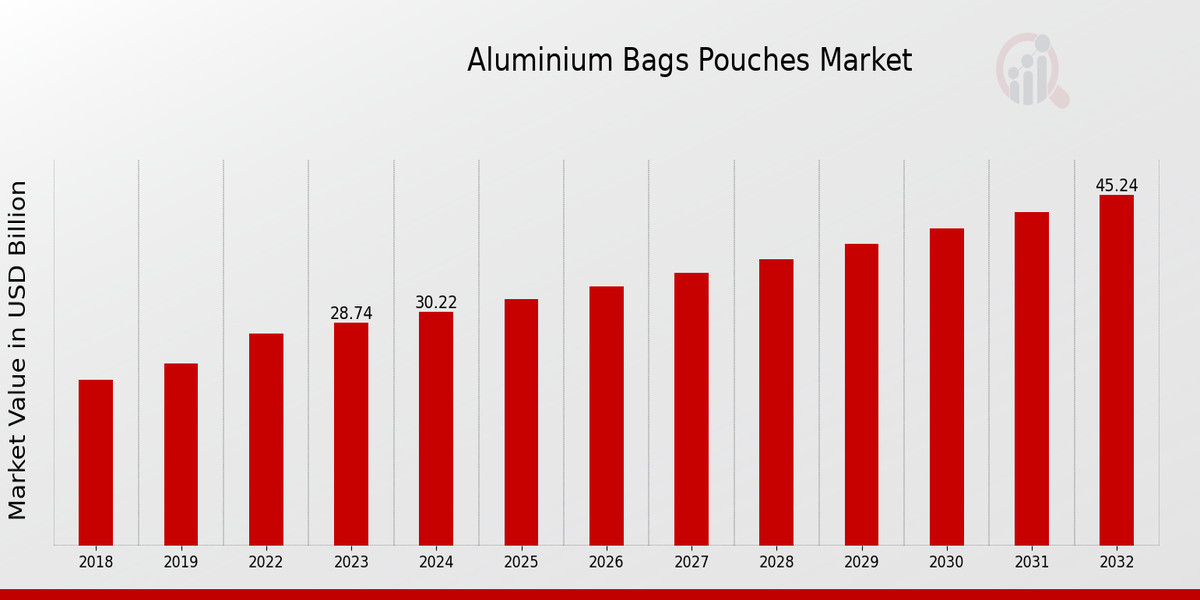Precision Horticulture: The Science of Temperature regulation for plant growth in the Greenhouse Heater Market
The operational success of a protected cultivation facility hinges on the precise manipulation of its internal environment. In the greenhouse heater market, the technology is specifically dedicated to achieving optimal Temperature regulation for plant growth, a scientific necessity that directly influences every phase of a crop’s life cycle, from germination to harvest maturity.
Temperature regulation for plant growth is a nuanced discipline that requires understanding the specific thermal requirements of the cultivated crop. Plants operate within distinct temperature windows, and deviation from these optimal ranges, even for short periods, can trigger stress responses, inhibit photosynthesis, or cause irreversible damage. The heating system must therefore provide highly accurate and consistent heat delivery that aligns with the plant's metabolic demands, which often vary significantly between day and night cycles. The ability to manage this day-night temperature differential, known as "DIF," is a key function of advanced greenhouse heating systems.
The greenhouse heater market is moving toward systems that offer zonal control, allowing growers to set and maintain different temperature regimes within segregated sections of a single structure. This capability is vital for operations that cultivate multiple species with varying thermal needs or that manage crops at different stages of maturity simultaneously. This flexibility maximizes the efficiency of the growing space and the heating expenditure, as resources are only applied exactly where and when they are required for a specific plant group.
Furthermore, the quality of Temperature regulation for plant growth is tied to sophisticated sensor technology. Advanced greenhouses employ dense networks of thermal sensors placed not only in the air but also within the root zone (substrate) and directly near the plant canopy. This granular data allows the central control system to make continuous, minute adjustments to the heat output, preempting cold spots and ensuring that the plants themselves are experiencing the correct thermal environment, thereby guaranteeing uniform growth and predictable harvest timing. For industry professionals seeking a strategic overview of the precision technologies and control algorithms driving crop predictability, detailed analysis is invaluable. The factors influencing the development and adoption of these essential regulation systems are examined in reports on the greenhouse heater market.
In conclusion, the sophisticated technology within the greenhouse heater market is an investment in biological predictability. The mastery of Temperature regulation for plant growth is the ultimate tool for maximizing crop yield, quality, and operational consistency in modern horticulture.
FAQs
1. What is the primary impact of exceeding a plant's maximum optimal temperature during the day, even with adequate light?
Exceeding the maximum optimal temperature, even with adequate light, causes photoinhibition and heat stress. The plant's enzymes involved in photosynthesis can become less efficient or denatured, forcing the plant to close its stomata to conserve water. This reduces the intake of carbon dioxide, effectively slowing or halting photosynthesis and growth, leading to overall plant stress and potential yield reduction.
2. How does root-zone heating differ from air heating in terms of directly influencing plant growth cycles?
Root-zone heating delivers thermal energy directly to the growing medium, promoting faster nutrient uptake and earlier activation of root growth processes. This is more energy-efficient and directly influences the plant's metabolic rate from the ground up. Air heating affects the entire volume of the greenhouse, which is less efficient and requires more energy to achieve the same metabolic effect, particularly in taller structures.














